Understanding BYD Interior Concepts
As the world continues to embrace innovative solutions in design and construction, byd interior concepts have emerged as a beacon of modernity and sophistication. BYD, known for its commitment to technological advancement and sustainability, extends its ethos to interior design, offering unique approaches that transform spaces into havens of comfort and style.
What Defines BYD Interior Style?
BYD interior style is defined by a harmonious blend of functionality, sustainability, and cutting-edge technology. Emphasizing clean lines and minimalist aesthetics, it embodies a forward-thinking approach to living and working environments. BYD interior design is not just about visual appeal; it seeks to enhance the overall quality of life for its occupants. Key characteristics include:
- Minimalism: A focus on simplicity and decluttering to create open, breathable spaces.
- Technology Integration: Smart home features and energy-efficient solutions seamlessly integrated into design.
- Eco-Friendly Materials: Using sustainable materials that reduce the environmental impact while enhancing aesthetics.
Key Elements of BYD Interiors
Several hallmark elements define the unique aesthetic of BYD interiors. These include:
- Natural Light: Large windows and skylights are commonly used to bring in natural light, enhancing mood and reducing dependence on artificial light sources.
- Neutral Color Palette: Soft, neutral tones dominate the color scheme, creating a calming atmosphere that complements various design themes.
- Innovative Furniture: Versatile furniture pieces designed to be both functional and stylish.
- Indoor-Outdoor Flow: A design approach that encourages integration with the natural environment, often through the use of patio doors and outdoor living spaces.
Common Misconceptions About BYD Design
While BYD interior designs are recognized for their modernity and efficiency, several misconceptions can cloud perceptions. Commonly held beliefs include:
- BYD Design is Expensive: Many assume that innovative design comes with a high price tag; however, BYD focuses on sustainable solutions that save money in the long run.
- Sustainability Equals Compromise: There’s a misconception that eco-friendly design sacrifices aesthetics. In reality, BYD blends aesthetics and sustainability seamlessly.
- Smart Features are Complicated: Some individuals fear that integrating technology might complicate living spaces. However, BYD is all about user-friendly solutions that enhance convenience.
Incorporating BYD Interior Features
Incorporating BYD features in interior design is about harmonizing aesthetics with practicality. The following sections provide insights on how to integrate these features seamlessly into any space.
Color Schemes That Enhance BYD Interiors
The choice of color scheme plays a pivotal role in shaping the feel of any BYD interior space. A well-thought-out color palette can not only elevate aesthetics but also improve mood and productivity. Recommended approaches include:
- Monochromatic Schemes: Using varying shades of the same color can create a sophisticated and cohesive look.
- Earth Tones: Incorporating earthy colors like greens, browns, and muted blues grounds the design in nature, aligning with BYD’s sustainable philosophy.
- Pops of Color: Utilize vibrant hues as accents to invigorate spaces without overwhelming the senses.
Furniture Selection for a True BYD Experience
Choosing the right furniture is essential to achieving an authentic BYD aesthetic. Important considerations include:
- Functionality: Opt for pieces that serve multiple purposes, maximizing space and efficiency.
- Sustainable Materials: Select furnishings made from recycled or sustainably sourced materials, supporting the eco-friendly ethos of BYD.
- Ergonomics: Prioritize comfort with ergonomically-designed furniture to enhance overall user experience.
Lighting Techniques to Complement BYD Spaces
Lighting is a critical component of interior design and should be approached thoughtfully in BYD spaces. To achieve optimal lighting:
- Layered Lighting: Combine ambient, task, and accent lighting to create a dynamic atmosphere.
- Natural Light Optimization: Arrange furniture to complement windows and natural light sources, enhancing the overall brightness of the space.
- Smart Lighting Solutions: Implement smart controls to adjust the intensity and color of lights, tailoring the ambiance to different occasions.
Addressing Functional Needs in BYD Interiors
While aesthetic appeal is essential, functionality remains a cornerstone of successful BYD interior design. This section delves into solutions for addressing various functional needs.
Design Solutions for Small BYD Spaces
Maximizing functionality in smaller spaces is a challenge faced by many. Here are effective strategies to optimize small areas:
- Multi-Functional Furniture: Choose pieces that serve multiple purposes, such as beds with storage or coffee tables that convert into dining tables.
- Open Layouts: An open floor plan minimizes barriers between spaces, enhancing the perception of size.
- Mirrors for Illusion: Strategically place mirrors to reflect light and create the illusion of a larger space.
Combining Comfort and Style in BYD Interiors
Comfort should not be sacrificed for style; BYD design harmonizes both effectively. Key strategies include:
- Soft Textiles: Use plush fabrics for cushions and curtains to soften the overall aesthetic and introduce warmth.
- Ergonomic Layouts: Plan space to encourage movement and ease of use, ensuring that comfort is a priority in everyday activities.
- Personal Touches: Incorporate unique art or decor that reflects personal style while enhancing comfort.
Creating Multi-functional Areas in BYD Designs
In today’s dynamic environment, creating adaptable spaces is vital. Here are important methods to consider:
- Zoning: Use rugs and furniture placement to create distinct areas for various activities—like work, leisure, and dining.
- Adaptable Furniture: Integrate elements like foldable desk spaces or extendable dining tables to accommodate various needs.
- Flexible Decor: Choose accessories and decor items that can be rearranged or swapped easily, making adjustments simple and effective.
Showcasing Best Practices in BYD Interior Design
As BYD continues to innovate in interior design, certain best practices have emerged. Understanding these can inspire and guide your design decisions.
Popular BYD Interior Trends of 2023
The design landscape is perpetually changing, and 2023 has ushered in notable trends within BYD interiors:
- Biophilic Design: A focus on bringing the outdoors inside, enhancing wellbeing and connectivity with nature.
- Sustainable Luxury: A merging of luxury design with sustainable practices, proving elegance doesn’t have to come at the expense of the planet.
- Tech-Driven Spaces: The rise of smart homes and IoT devices integrated seamlessly into everyday life.
Incorporating Sustainability in BYD Designs
Sustainability remains a driving force in BYD designs. Here are several actionable steps toward creating a sustainable interior:
- Energy Efficiency: Utilize energy-efficient appliances and lighting options to reduce consumption.
- Recycled Materials: Embrace furniture and decor crafted from recycled materials to minimize waste.
- Indoor Plants: Incorporate plants that enhance air quality and contribute to the ecological footprint.
Case Studies: Successful BYD Interior Projects
Examining real-life successful projects can provide insight into best practices. Highlights from recent BYD interior projects include:
- Urban Apartments: Projects that transformed compact living into stylish, functional spaces through innovative furniture solutions.
- Corporate Offices: Instances where BYD design principles helped create open workspaces that promote collaboration while incorporating elements of relaxation.
- Retail Spaces: By merging eco-friendly practices with modern aesthetics, BYD influenced retail interiors that resonate with consumers looking for sustainable options.
Measuring the Impact of BYD Interior Enhancements
Beyond aesthetics, it’s crucial to understand the tangible impact of interior enhancements. This section explores how to measure the success of design choices.
Performance Metrics for BYD Interior Spaces
To gauge the effectiveness of BYD interior designs, several performance metrics can be utilized:
- User Engagement: Monitoring how occupants interact with spaces can provide valuable feedback on functionality.
- Energy Costs: Tracking changes in energy costs post-design enhancements helps assess efficiency improvements.
- Cognitive Wellbeing: Assessing occupant satisfaction through surveys can highlight areas for further improvement.
User Experience: Feedback on BYD Designs
User experience is pivotal for continued success. Design teams should focus on gathering feedback through:
- Surveys and Interviews: Regularly soliciting feedback on design elements can lead to iterative improvements.
- Data Analytics: Utilizing technology to analyze how spaces are used and identifying underperforming areas.
- Community Engagement: Involving users in the design process fosters a sense of ownership and better alignment with their needs.
Adapting BYD Interiors Over Time
As lifestyle and technological needs change, adapting interiors becomes crucial. Here are strategies to ensure your BYD spaces evolve effectively:
- Regular Assessments: Schedule periodic reviews of space efficiency and comfort levels to ensure continual enhancement.
- Flexible Design Elements: Implement adjustable or easily changeable elements that accommodate future needs.
- Stay Updated with Trends: Continuously research new trends in design, sustainability, and technology to keep your interiors modern and appealing.
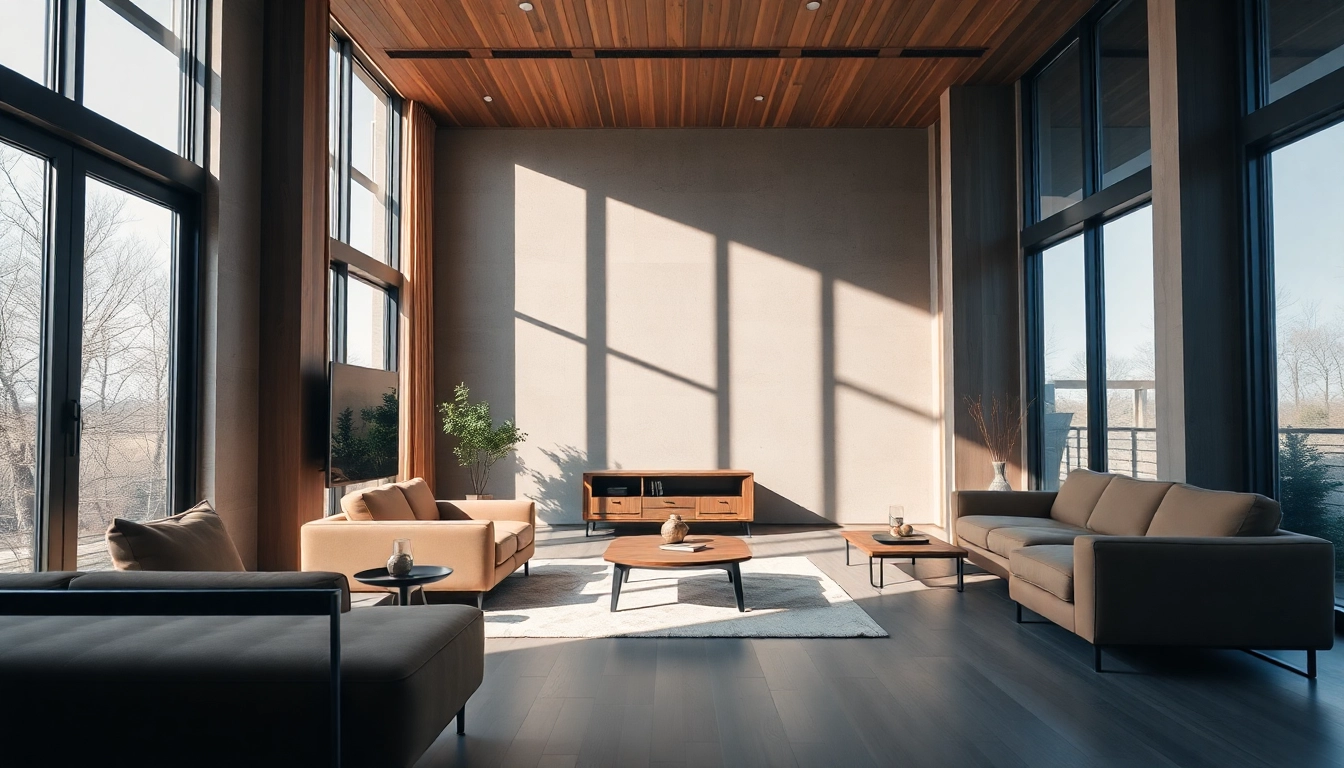
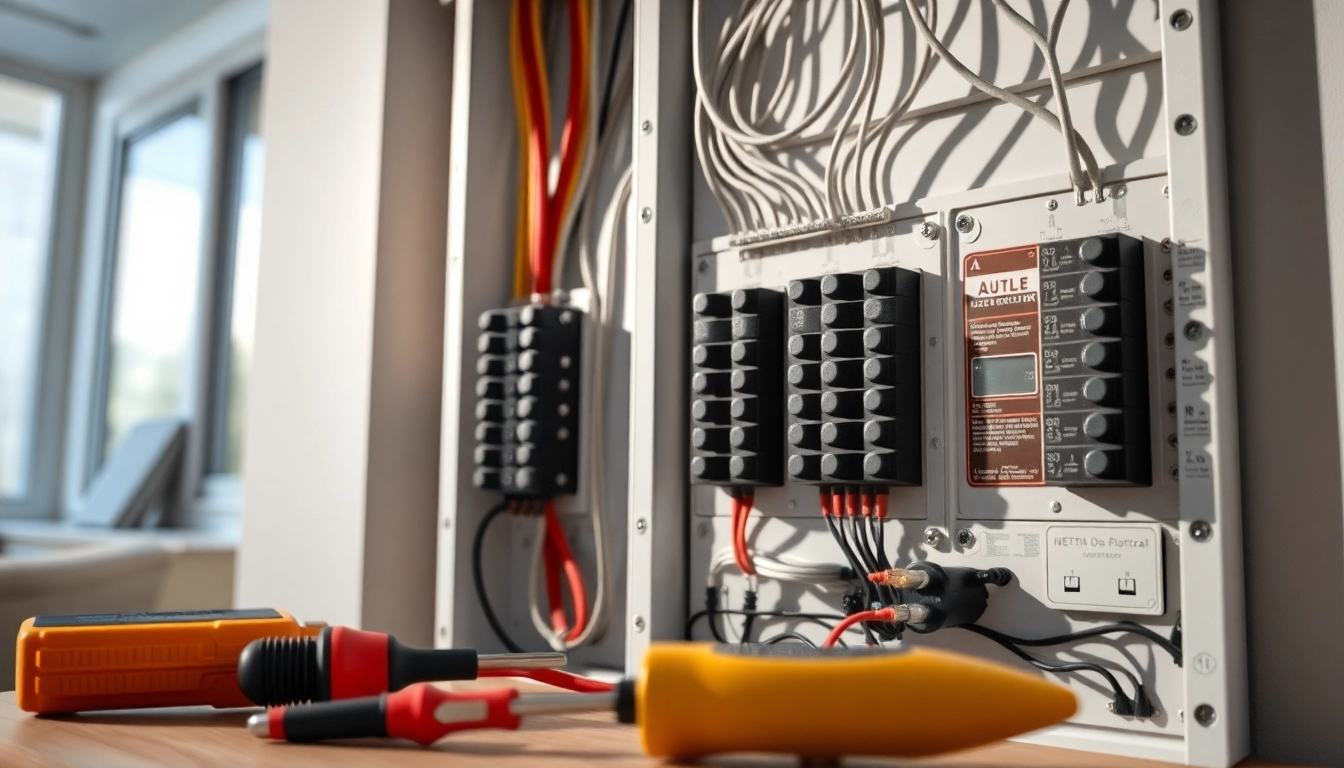
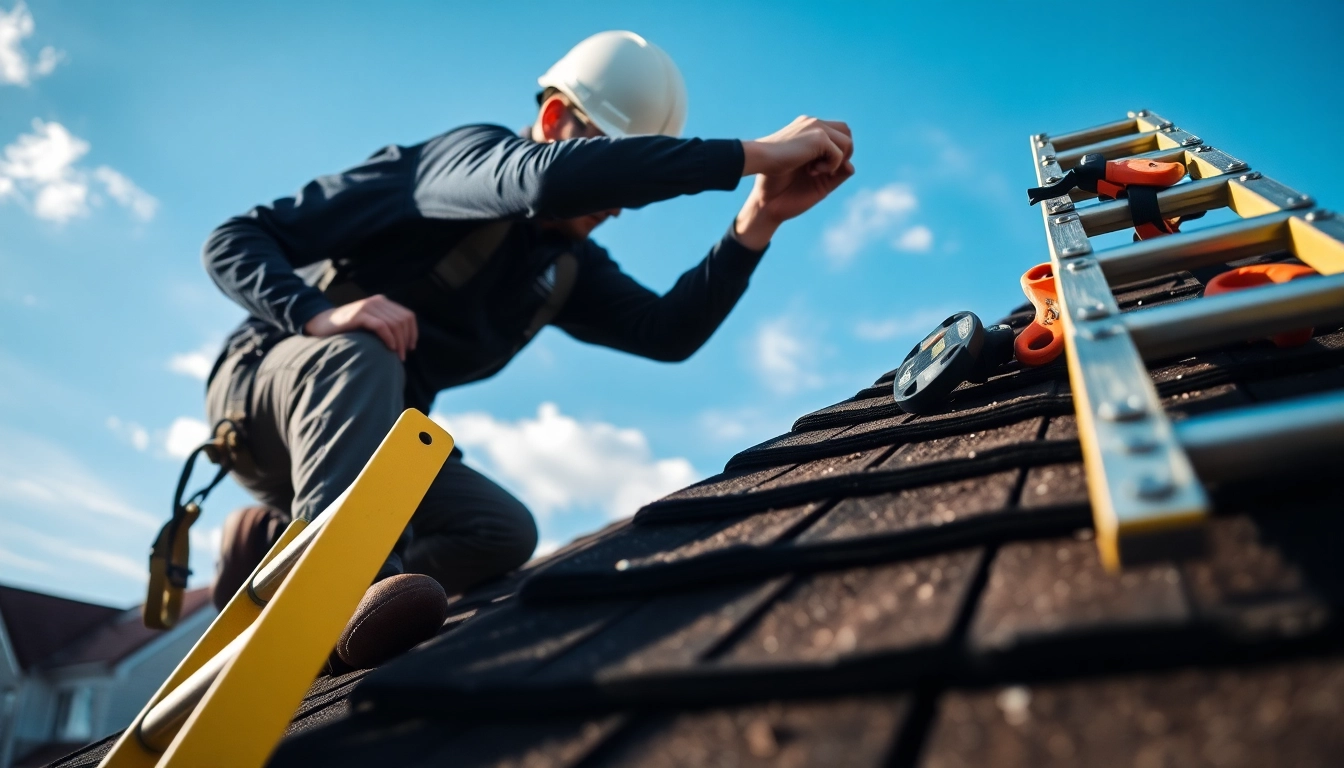

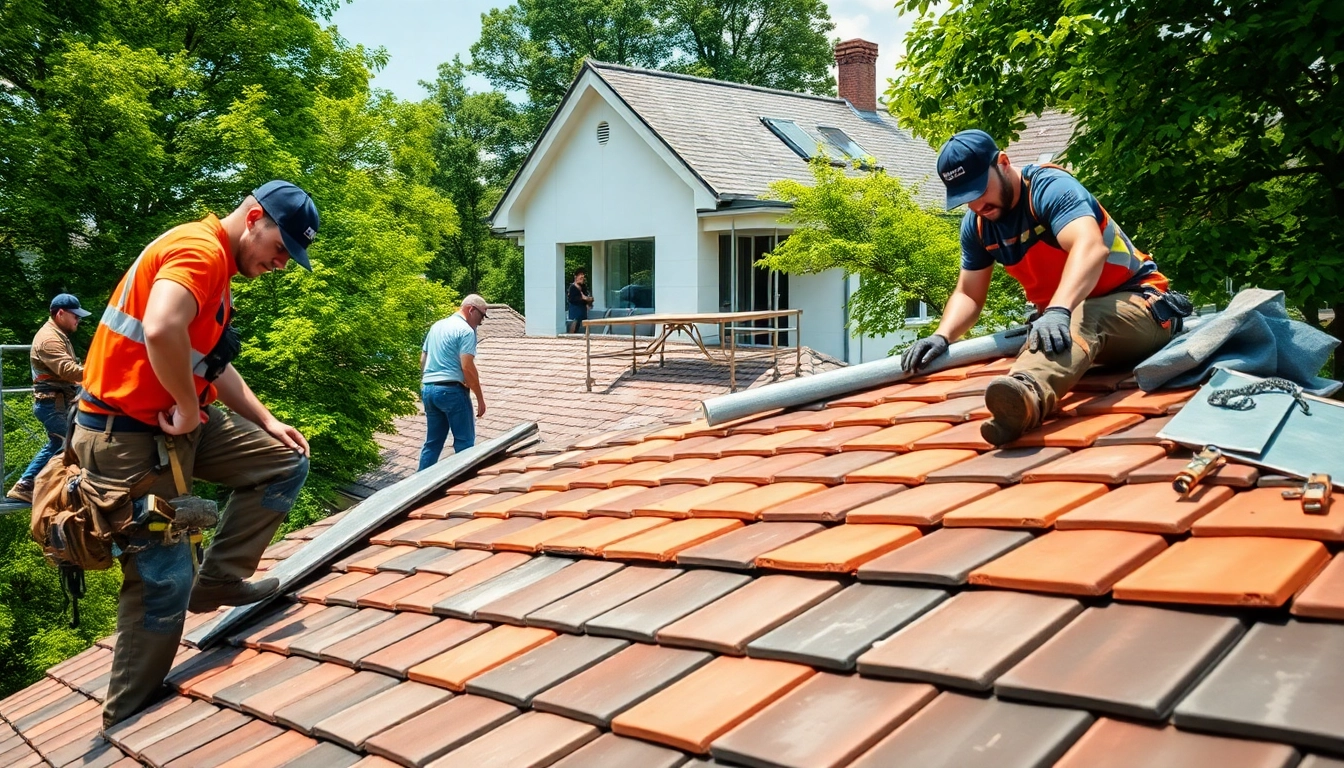

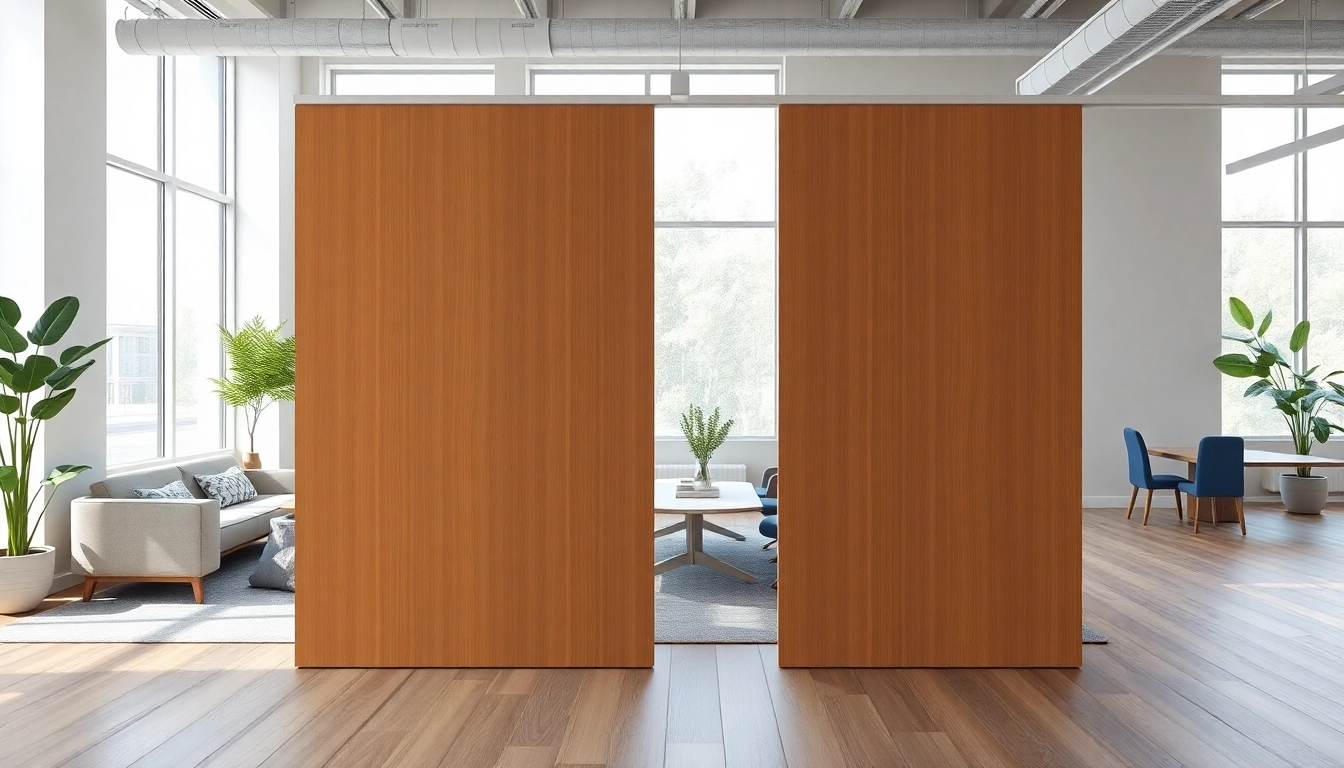
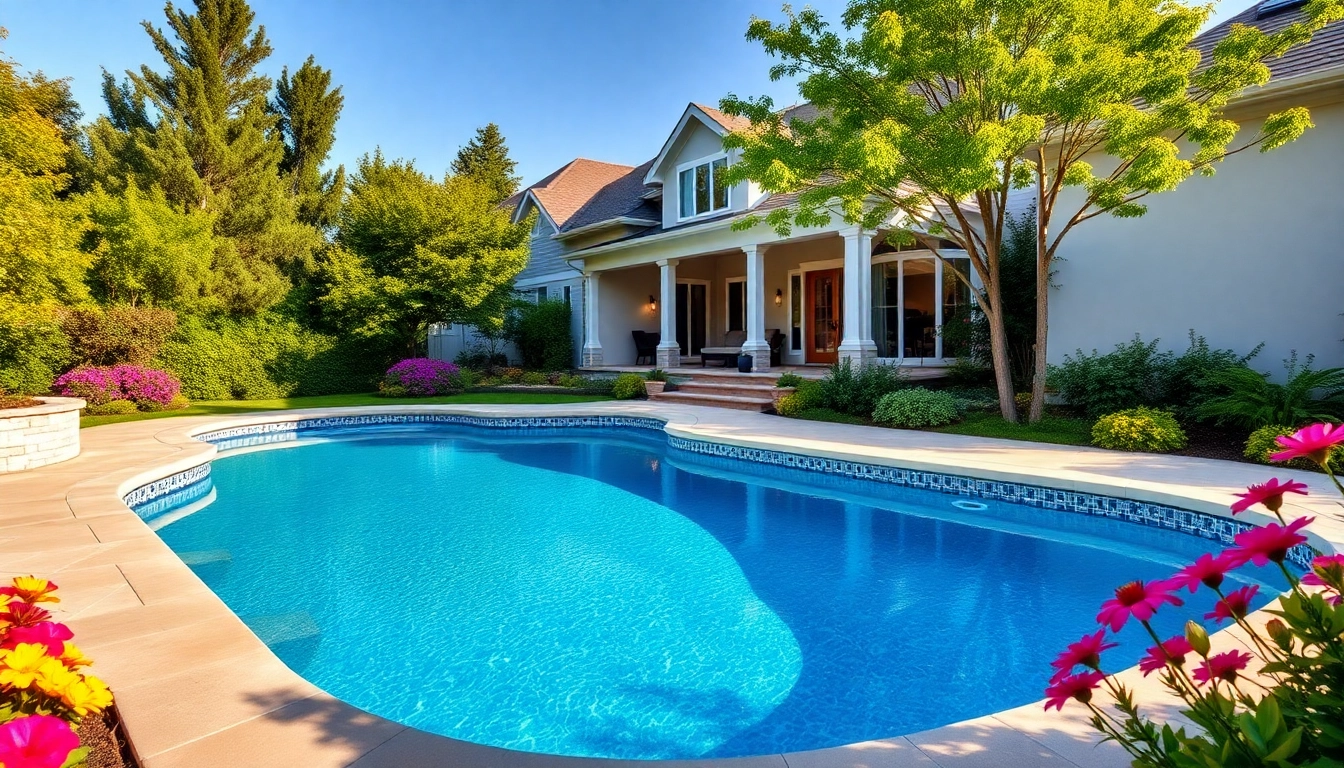
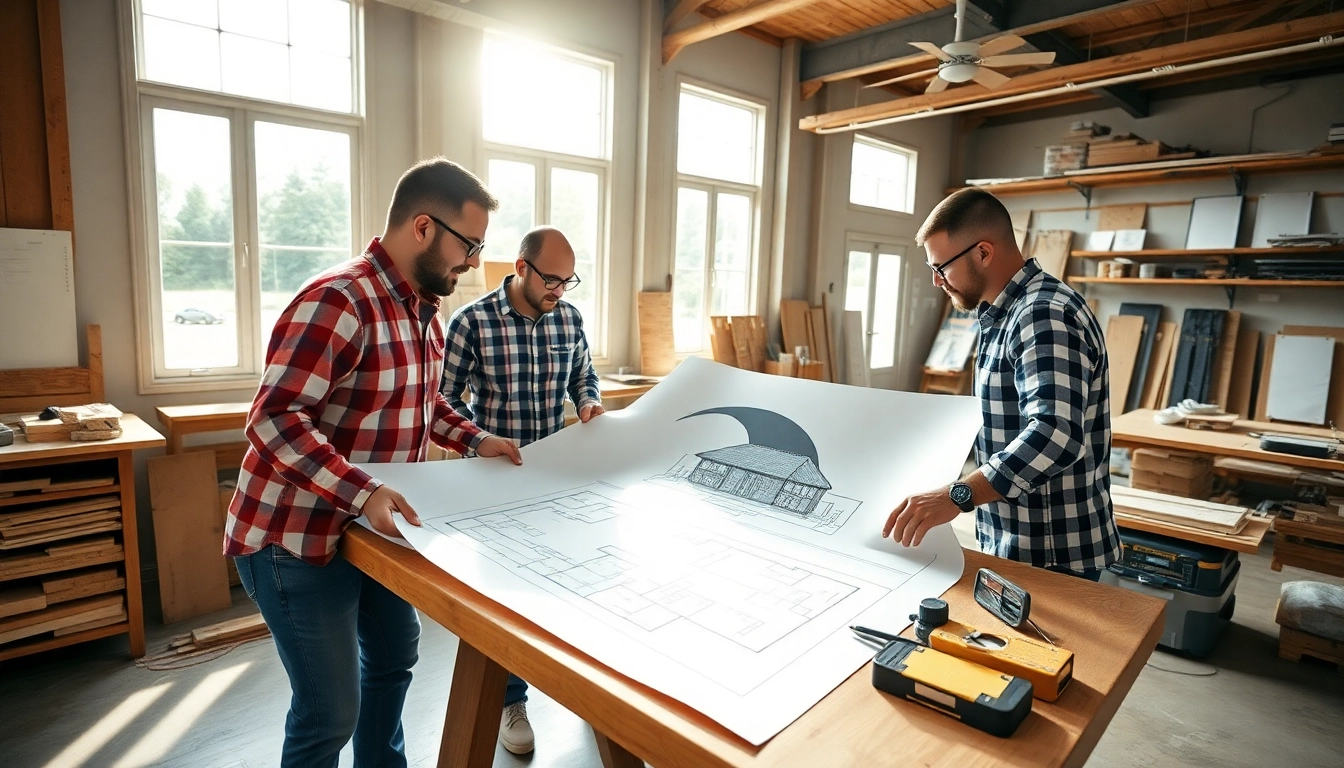
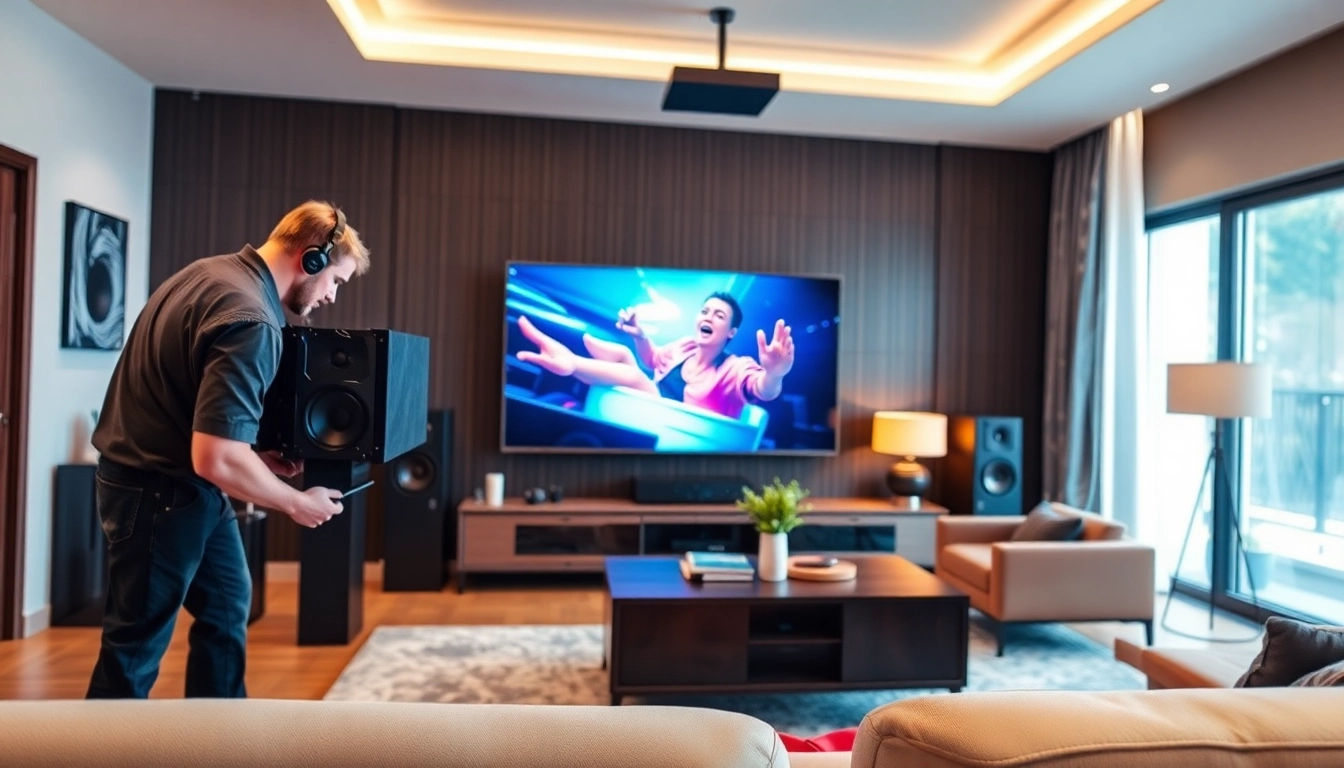
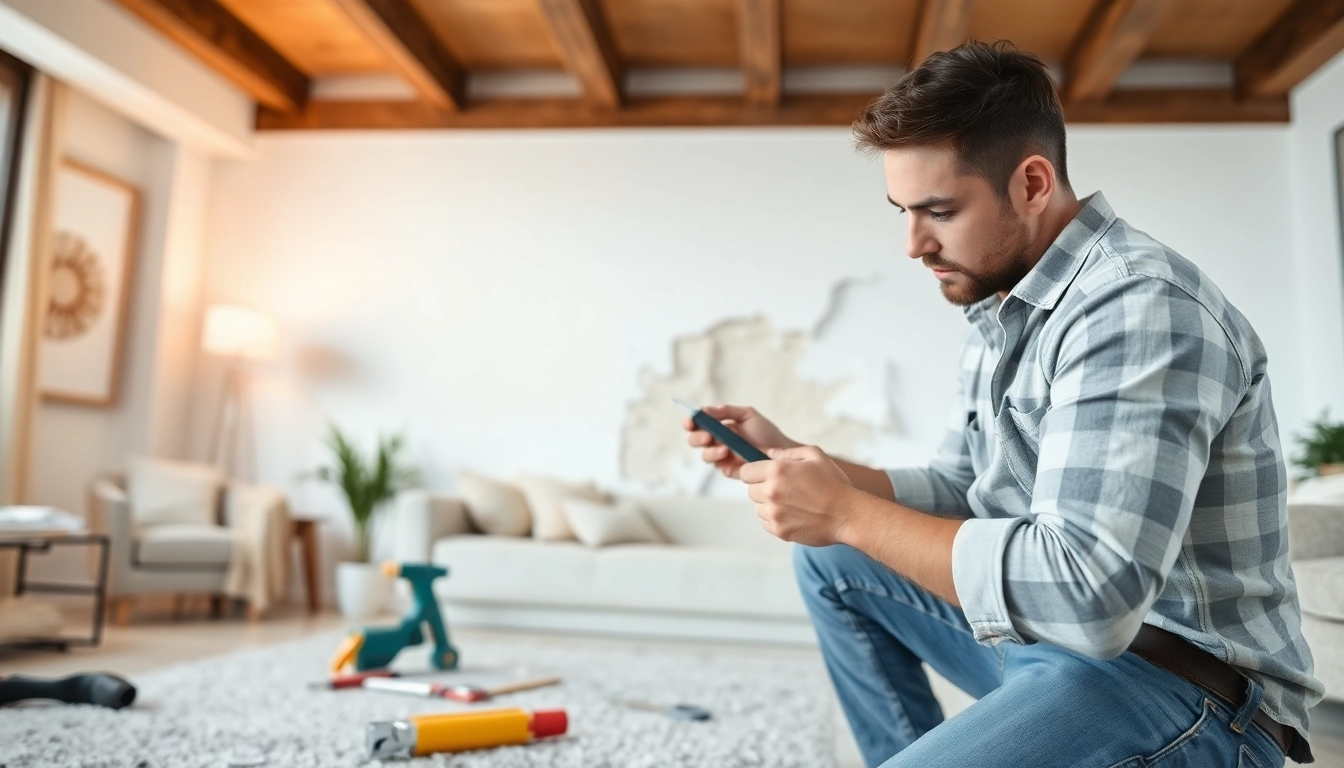
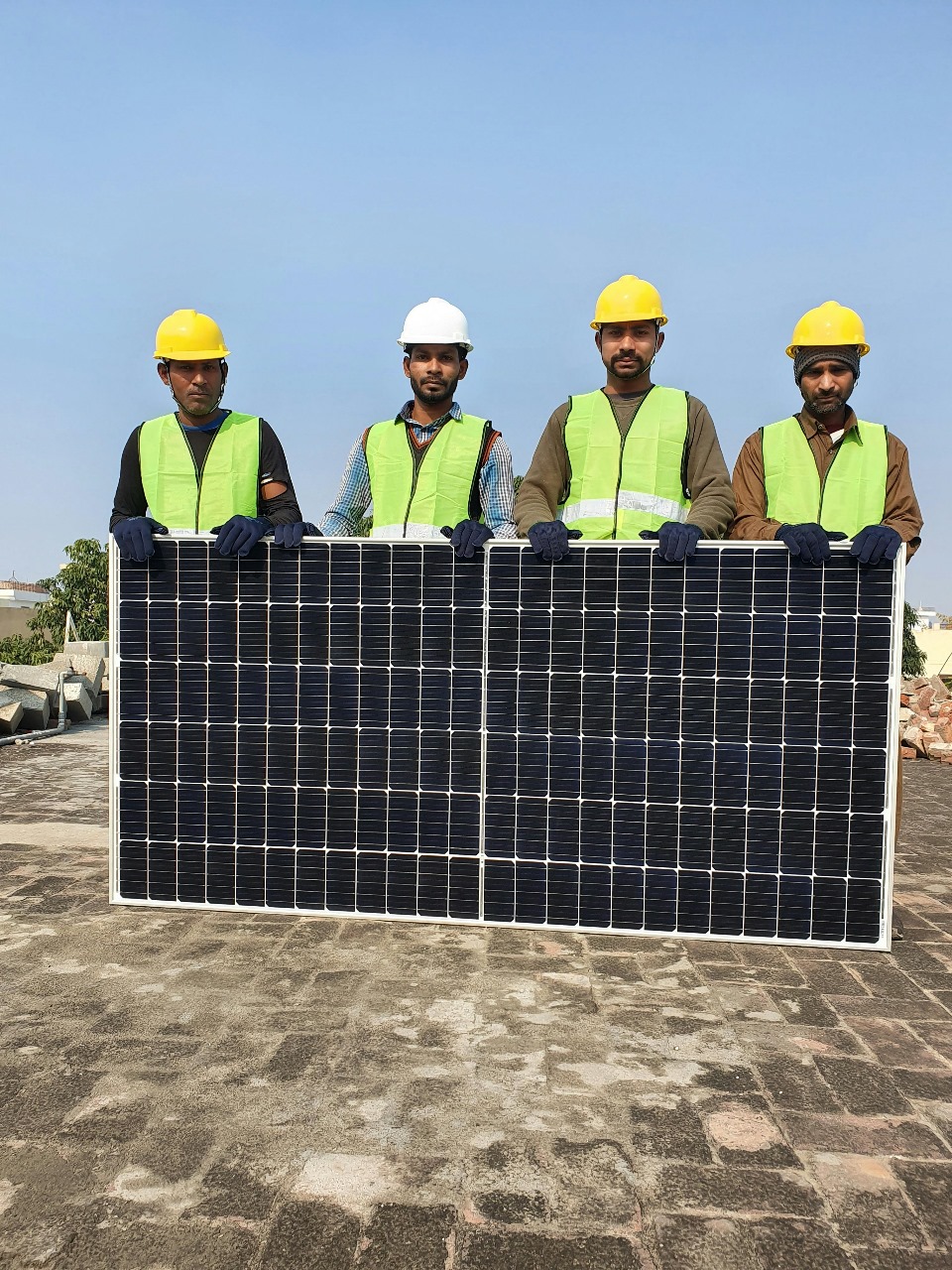



Leave a Reply